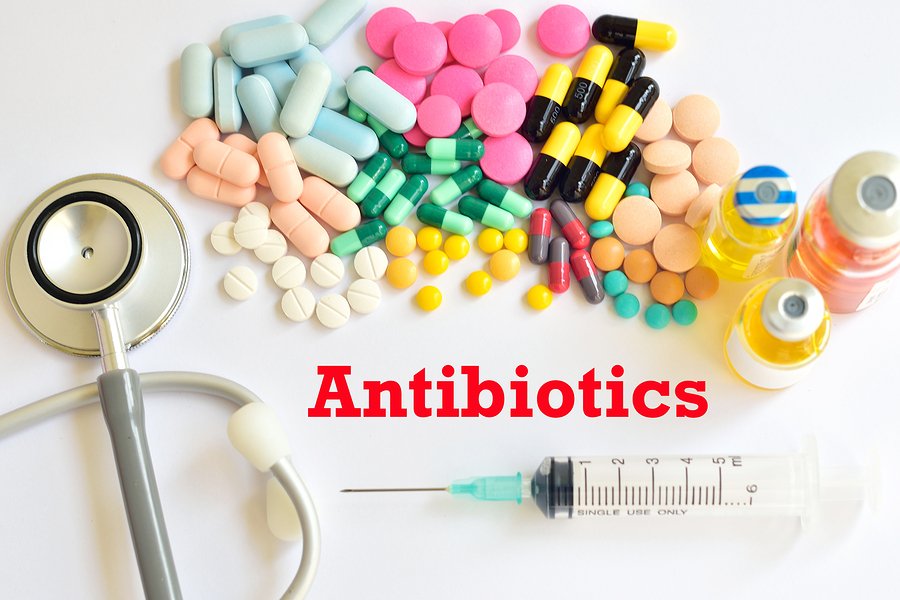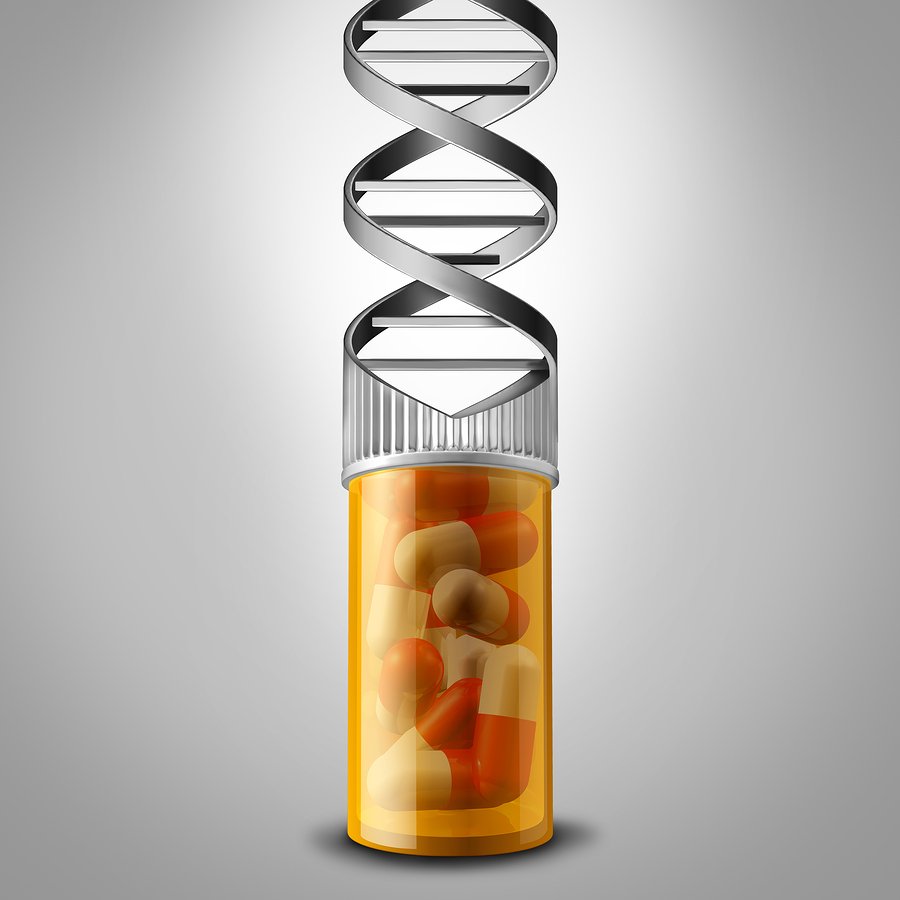California Governor Edmund G Brown Jr has declared a State of Emergency to control the recent outbreak of hepatitis A. Vaccines have already been distributed, but additional supplies are needed to control the outbreak. A total of 80,110 doses of the vaccine had already been distributed by the California Department of Public Health (CDPH) on October 6th, 2017.
Hepatitis A is an infection affecting the liver, symptoms of which include lack of appetite, fever, yellowness of the skin, nausea, and generally feeling unwell. It is spread through ingestion via contact with objects or foodstuffs contaminated by an infected person. In some cases few or no symptoms manifest, but over the long term, the disease can lead to cirrhosis or liver cancer.
The declaration enables the state to increase its supply of hepatitis A vaccines, many of which have already been distributed to populations identified as "at-risk". Among those classified as "at-risk" are homeless populations and some illicit drug users. Vaccines currently available to protect against hepatitis A are Havrix and Twinrix. These drugs are also used to treat the condition and prevent infection in people who have been exposed to hepatitis A.
Under the declaration, the CPHD is authorized to instantly purchase vaccines directly from manufacturers. This will be followed by distribution to impacted communities. The latest outbreak is being spread person-to-person and through contact with an unsanitary environment, according to the CDPH.
Outbreak status has been declared in three states to date: San Diego, Santa Cruz, and Los Angeles Counties. Outbreak-associated cases have been confirmed in other jurisdictions across California. The outbreak has already hospitalized around 400 people throughout the state.
Since 1999, California has recommended that all children are immunized against hepatitis A. However, this still means a significant proportion of the adult population is not vaccinated against the disease. The vaccine is extremely effective, immunizing 95 percent of adults after one dose and nearly 100 percent of adults who take the recommended two doses.








